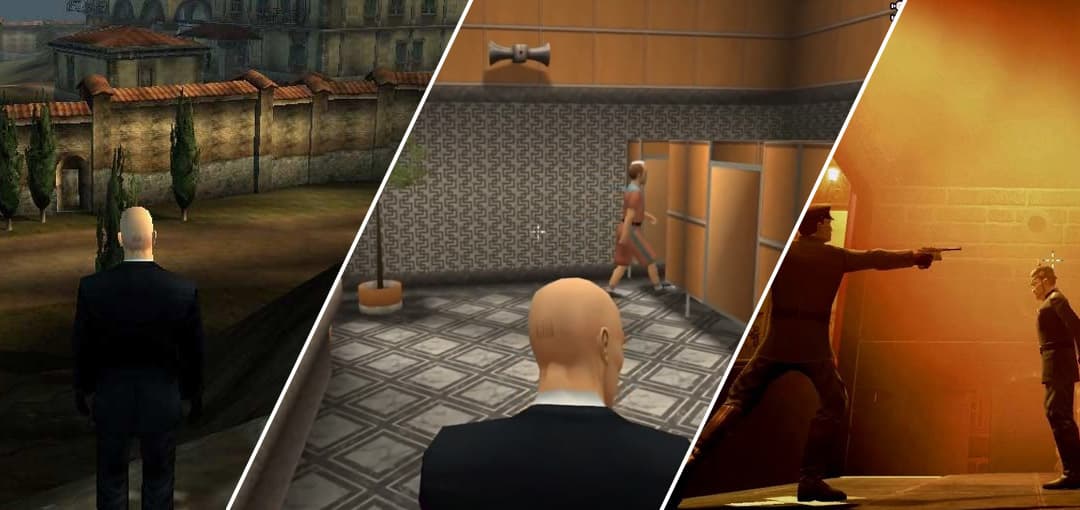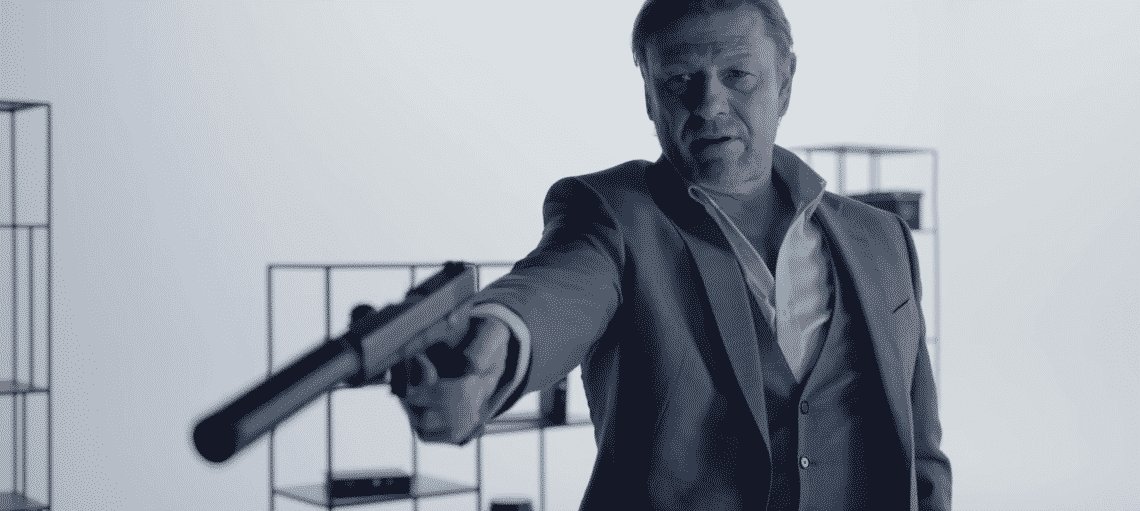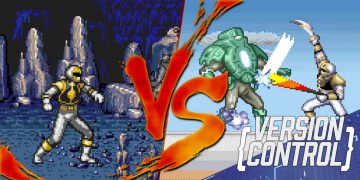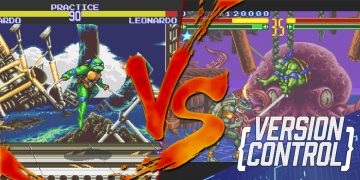In recent weeks I’ve been revisiting 2016’s wonderful Hitman reboot to hone my silent assassin skills in preparation for Hitman 2’s release on the 13th November. As I’ve worked my way through the game’s various additional challenges I’ve also found myself nostalgic for the rest of the series’ history. My mind occasionally wandering away from the task at hand – such as dressing as a Vampire Magician and trying to work out how to stab a supermodel/spylord with a rapier – to previous fond memories.

Sniping the Maifoso boss from the starting hill in the first level of (the original) Hitman 2 and then sneaking my way into the house just to hide the body for that elusive Silent Assassin rating. Following a pizza boy into the toilets to chloroform him and steal his uniform in the Malaysian level of the same game. The on-stage assassination of an actor in a Parisian opera by loading the stunt-gun with real ammo in Hitman: Blood Money. Hell, even that crazy nonsense with the S&M Nuns in Absolution when they blow up the motel 47 is hiding in.
The situations are always as outlandish as the creative ways you can bring about an end to your targets. Drop a huge lighting rig on the head of a villainous spy-ring while he’s giving a speech at his fashion show. Trap a tin-pot dictator by taking the place of a prisoner in an interrogation room and turning the tables when he’s left alone to beat the shit out of you. Cut a poisonous Fugu fish the wrong way deliberately and leave your target to poison themselves while you make for the exit. It goes on and on. Dozens of ways to complete your task in every level, an almost infinite amount of replayability.
The Hitman games are often labelled as stealth games, or even third person action games, but this is incorrect. These are puzzle games, in the purest of ways. It may not have the immediate and casual appeal of blasting through a few lines of Tetris for 5 minutes. Far from it. Each run through a level in Hitman can easily take well over an hour of incredibly patient gameplay. But there’s no mistaking the familiar addictiveness in constantly having to think your way into and out of a situation.
Each huge, expansive level of 2016’s Hitman can most accurately be described as a live puzzle box. Developers IO Interactive have put considerable time and effort into placing all the people, pieces and mechanics into these worlds, but once your briefing from your Agency handler finishes and Agent 47 appears on the scene, everything from then on is in your hands. There’s as much chance you’ll never even realise certain tools, options and opportunities are available in that world as you happening to stumble upon them and finding a solution you’d never even considered the last 20 times you’d murdered the same victim.
Beyond simply being left with a target and an array of weapons, however, each level is filled with people doing their jobs or just wandering around, going about their usual business and the same is just as true for your targets. They have a life, an agenda and a kind of self-agency that means that, should you take too long in deliberating a course of action, you might miss out on an opportunity altogether.

Your own actions have an effect on this puzzle box. Perhaps that can be to your benefit. Shake a target out of their routine by adding the new variable of a weapon or body being found nearby so you can lure them to a more favourable killspot. Alternatively, making a mistake or being sloppy in covering your tracks can have the target running for the hills and suddenly any plans you had must be discarded immediately in favour of some quick opportunistic action if you’re to complete your task.
The more you poke and prod at the world to get a reaction, the more you’ll learn how to mold those actions to your own desires and the more creative you can get. Hitman games reward practice and perseverance more than most. The latest episodic game – and its upcoming sequel – deliver the most compelling reward for putting this level of effort in: more content.
With 2016’s reboot, IO Interactive set out to deliver Hitman as an ever-growing ‘World of Assassination’. Some may not have gotten on with the drip-fed episodic levels, but there’s no denying the benefits that came from the way the game was produced and supplied. By giving each level the same attention, and breathing room from each-other, as a full game launch there was a focus on rewarding replayability. Escalation challenges – sets of quirky contracts within each level that got increasingly more specific and challenging in the completion requirements – and various unlockables incentivised replaying each level to get the absolute most out of each release.
That replaying was most rewarded with frequent content updates that relied on putting that learned knowledge of each level to good use: Elusive Targets. These new contracts have been added every couple of weeks and came with one very specific stipulation: you have one chance to kill the target and get out. If you fail once you’ve made your move, you don’t get a second chance. These toughest of challenges put all the practice you’ve accrued in completing each level’s various challenges and exploring all of its nooks and crannies to the ultimate test. Particularly as one final curveball is thrown your way: in this mode your target isn’t identified on the map or in your Assassin’s Creed style instinct vision. You’re entirely on your own.
The upcoming Hitman 2 is not strictly episodic. When the game launches, all 6 levels will be available at once – although additional season pass levels are also promised for the future. However, that same focus on rewarding replaying and puzzling out the even more expansive locations and opportunities remains. The Elusive Targets even return with the first such target, played by Sean Bean, being an appropriately named fellow assassin: ‘The Undying’.

Perhaps rightly, that decision to focus on replayability vs simply “completing” the game’s story is left in the players’ hands this time around. But it’s possibly just as fair to say that anyone blasting through Hitman 2 in a handful of hours and moving onto the next big game release is missing the value – and the real joy – of the game’s unique format.
Just as much as Tetris is a game designed to be picked up and endlessly replayed, as is Hitman. Puzzle games are never truly ‘beaten’. There’s always a new challenge to apply yourself to and after 2 years of IO Interactive’s incredibly consistent content support for 2016’s Hitman, it’s certain that we’ll have plenty of new puzzles to creatively murder our way through for further years to come.

































